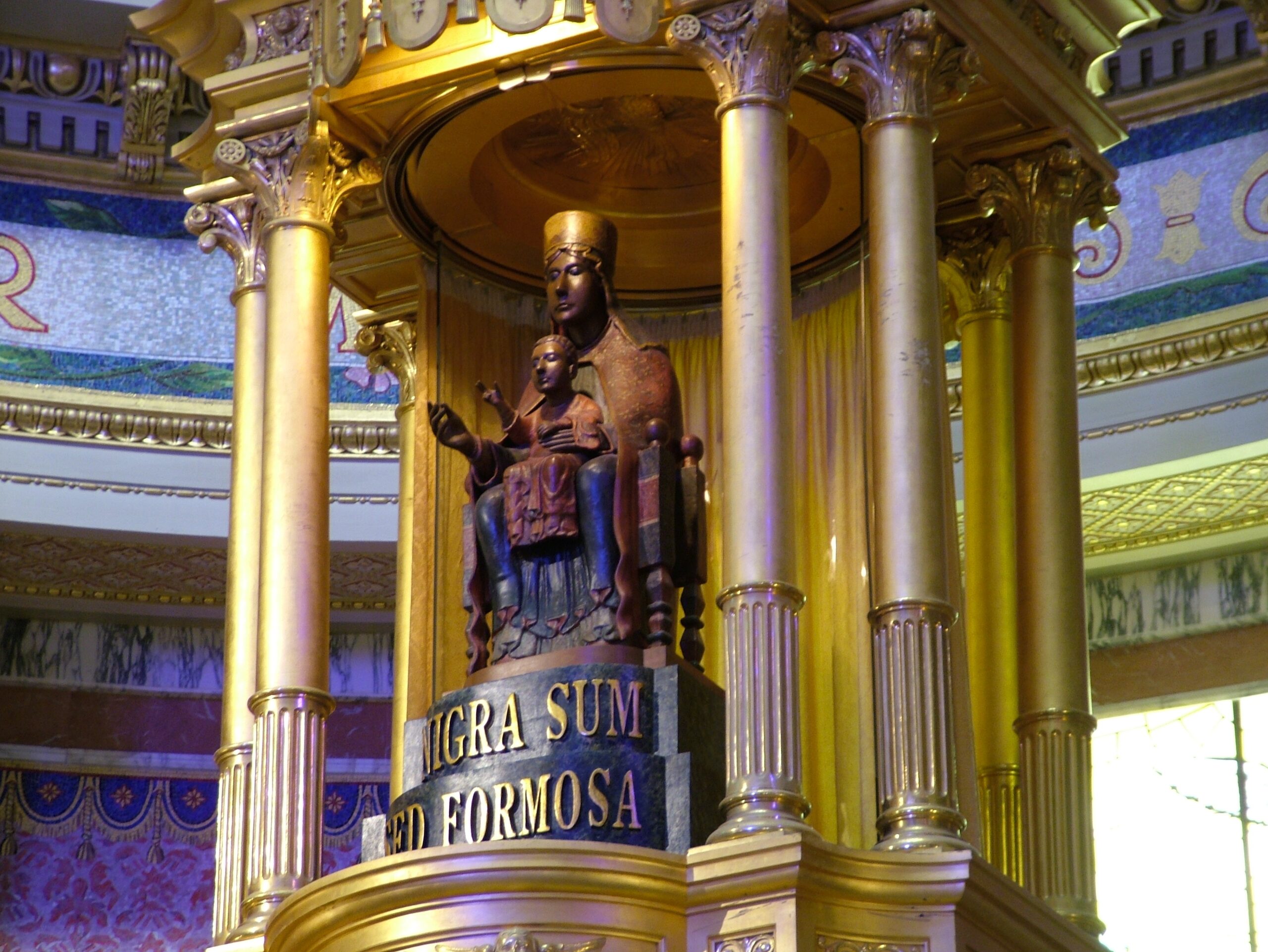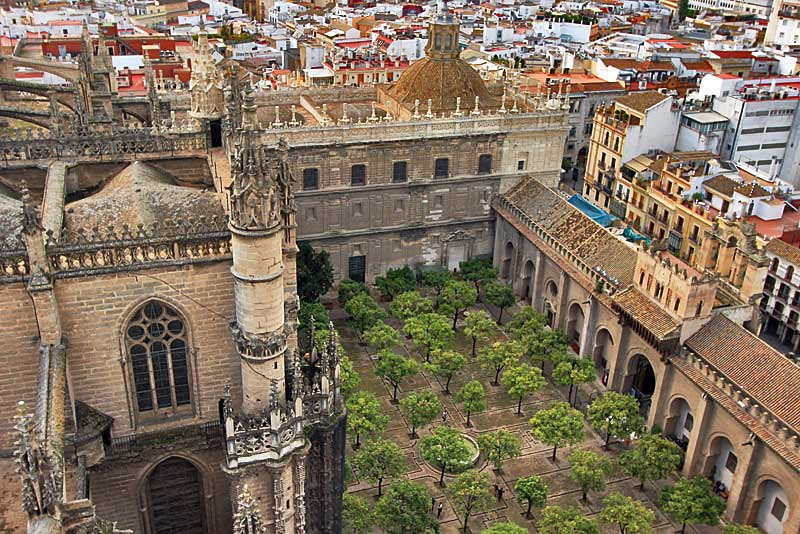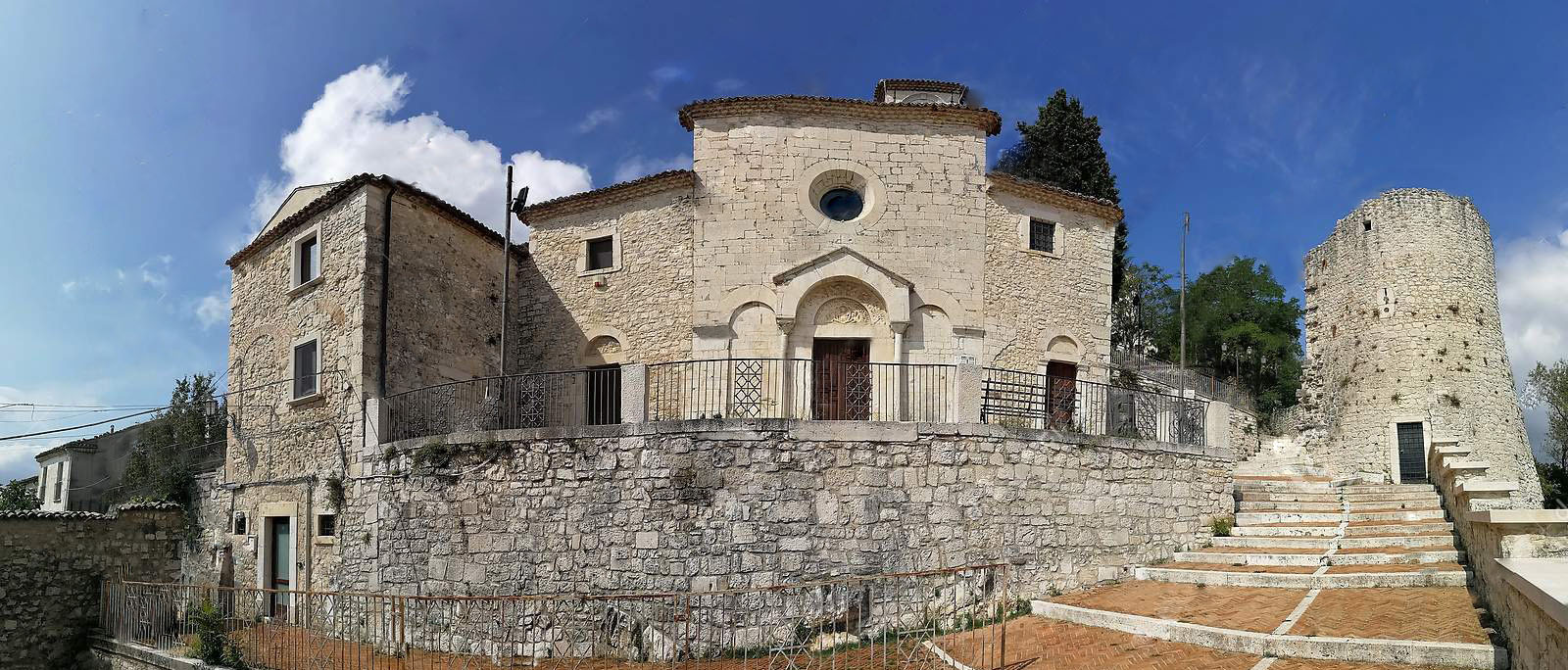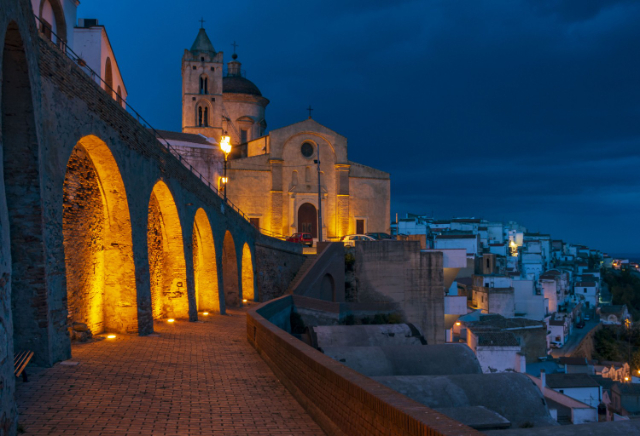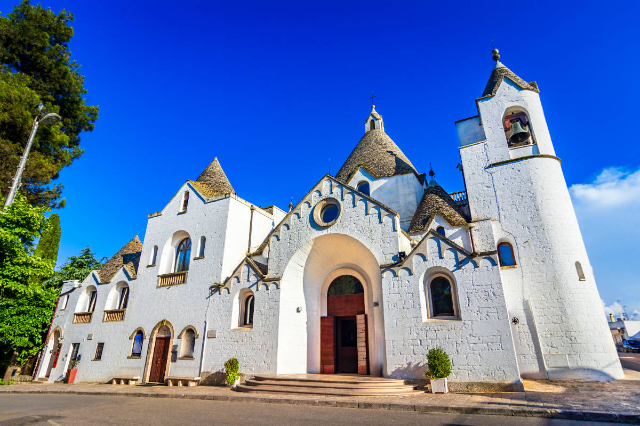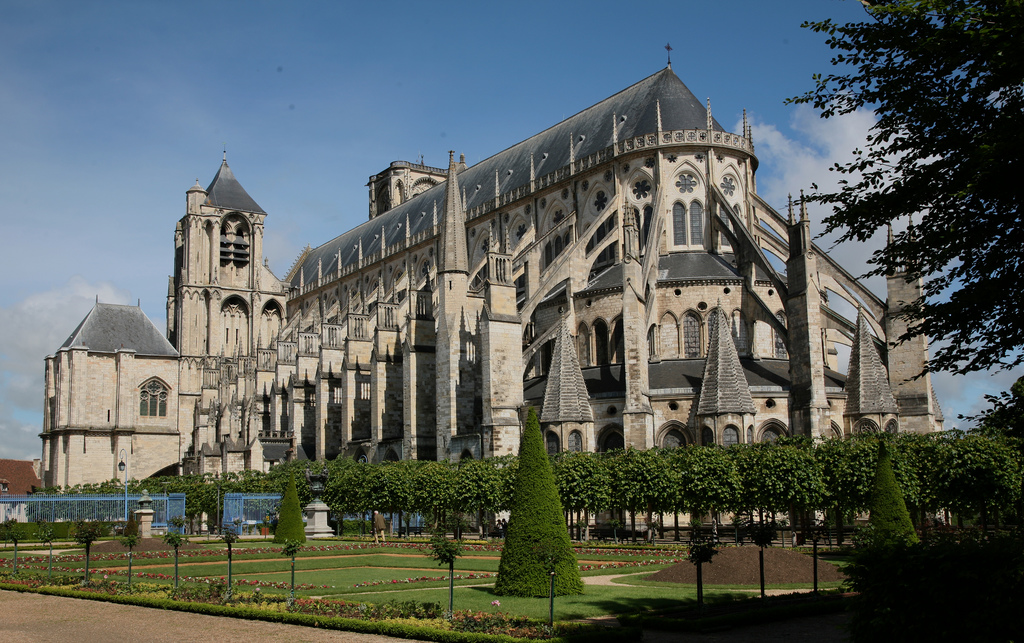Tindari Sanctuary is located atop a very high promontory overlooking the Gulf of Patti, within the municipality of the same name in the province of Messina. The beach that can be seen from the top is known by the name of Marinello, and several legends are linked to it: one of these tells how this patch of sand is said to have been miraculously formed following the fall of a little girl from the sanctuary’s terrace, who was later found safe and sound on the beach that had just been created by the retreat of the sea. The child’s mother, a pilgrim who had doubted the strength of the Black Madonna, would, following the miraculous event, reconsider her belief in the miraculous nature of the dark-skinned Virgin. As you can guess, myth, art, culture and fairy-tale landscapes mingle together here. But the real wonder is what appears to those who cross the threshold of the shrine. The sun’s rays filtering through the colorful stained glass windows create an enchanting play of violet lights all pointing to the back of the nave, where the statue of the Black Madonna stands. What we now see is a new church, built around 1950 and built on the foundations of the old shrine still visible today. Also very special is the statue of the Black Madonna, depicted seated while holding her Son and with her right hand outstretched to heaven about to give her blessing. Looking at the crown she wears on her head, a kind of turban with small golden arabesques, one can guess that it is of the Oriental type. In fact, it is said that this wooden sculpture had arrived in Sicily from a shipload returning from the East.
Legend has it that , a ship returning from the East, among other things, carried hidden in the hold an Image of Our Lady so that it could be saved from iconoclastic persecution. While the ship was plying the waters of the Tyrrhenian Sea, suddenly a storm arose and therefore it was forced to interrupt the voyage and take refuge in the bay of Tindari, today Marinello.
When the storm subsided, the sailors decided to resume the voyage: they raised anchor, hoisted the sails, began to row, but could not move the ship. They tried, they tried again, but it remained stationary there, as if stranded in the harbor.
They then thought of lightening the load, but , only when, among other things, they unloaded the chest containing the venerated Simulacrum of the Virgin, was the ship able to move and resume its course on the placid waves of the appeased sea.
The places of origin and destination of the sacred Image are unknown.
As the ship that had left the cargo departed, the sailors in Tindari Bay immediately set about pulling the floating crate ashore on the expanse of the sea. The crate was opened and, to everyone’s amazement and satisfaction, the precious Image of the Virgin was found in it.
The problem arose where to place that Image. It was decided to transport the Simulacrum of the Virgin to the highest, most beautiful place, to Tindari, where a thriving Christian community had long existed.
